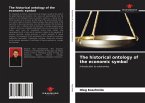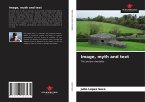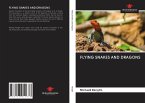Since ancient times, fire has played a huge role in people's lives. Its use by man has become a cornerstone of the formation of civilization, rooted in the deepest antiquity. It is known that Neanderthals could use fire not worse than modern man, and regular use of fire for cooking and manufacturing tools appeared in Europe already 400 thousand years ago, even Neanderthals who were able to handle fire much more skillfully than it was considered until now. The word "Svarog" is idiomatically similar to the word "swastika" (Sanskrit) - a cross with the ends bent at right angles, one of the oldest ornamental motifs found among the peoples of India, China, Japan, where the sign of the swastika had a cult meaning. Compare also the Slavic words "to boil", "welding". In the steppes of the Ural-Altai, the forging reached a significant development already among the Scythian tribes of the Northern Black Sea (7-4 centuries BC), as well as among the Sarmatians and Slavs, known in the 4-6 centuries under the name of Antes. And now they inflate fire in a samovar with the help of a boot, this is the prototype of swastika - inflating at once with a curved end on four sides.
Hinweis: Dieser Artikel kann nur an eine deutsche Lieferadresse ausgeliefert werden.
Hinweis: Dieser Artikel kann nur an eine deutsche Lieferadresse ausgeliefert werden.








